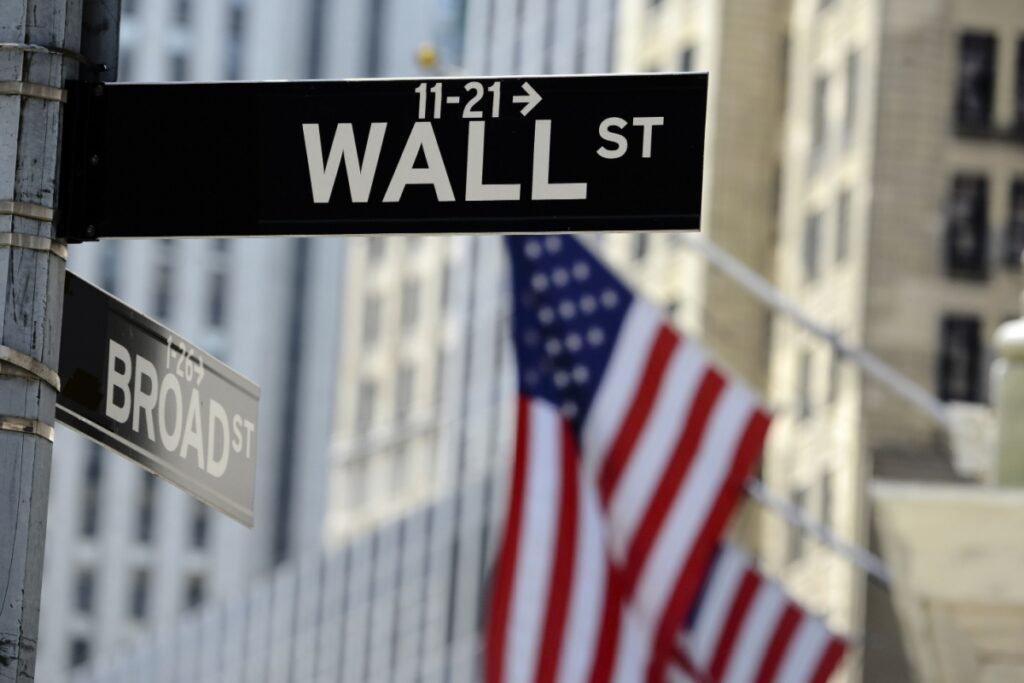Wall Street brokerages remain firm in their belief that the Federal Reserve will move to cut interest rates in September, following a weaker-than-expected U.S. employment report for July. The Labor Department revealed that nonfarm payrolls grew by just 73,000 jobs during the month, well short of the roughly 110,000 anticipated by economists. Compounding the disappointment, June’s previously reported job growth was slashed from its initial estimate to a mere 14,000, a revision that analysts say points to a more fragile labor market than previously thought.
This data marked the second consecutive month of lackluster job gains, reinforcing market speculation that the Fed will not be able to wait until late in the year to begin easing monetary policy. Analysts noted that the slowdown appears broad-based, with hiring in manufacturing, construction, and professional services all moderating. The weakness has reignited debates over whether the U.S. economy is losing momentum faster than policymakers expected.
J.P. Morgan was among the first major institutions to react, moving its forecast for the Fed’s first cut forward by several months. The bank now predicts a 25-basis-point reduction in September, abandoning its earlier call for a single cut in December. Other brokerages have since followed, adjusting their models to account for the more rapid deterioration in labor market conditions.
Fed Stance Steady, But Market Signals Shift
The Federal Reserve left interest rates unchanged at its most recent policy meeting, reiterating guidance that it still expects to lower rates twice in 2025. However, Fed officials have also cautioned that decisions will remain data-dependent, leaving open the possibility of adjusting the timing and scale of cuts in response to incoming economic indicators.
In the bond market, traders have reacted swiftly. The CME FedWatch Tool now shows nearly an 89% probability of a September cut, up sharply from just 65% before the release of the jobs data. According to LSEG calculations, investors are pricing in about 58.8 basis points of total easing by year’s end—suggesting markets expect at least two cuts, possibly three.
Some economists warn that the Fed may still proceed cautiously. While the jobs numbers are weak, inflation remains slightly above the central bank’s 2% target, and officials may be reluctant to move too aggressively if price pressures persist. The balancing act between supporting employment and preventing a resurgence in inflation will likely dominate discussions at upcoming policy meetings.
J.P. Morgan’s Outlook: Front-Loaded Easing
In revising its forecast, J.P. Morgan now expects a sequence of four quarter-point cuts, beginning in September and continuing through the first half of 2026. This represents a significant pivot from its earlier projection of only one cut this year, reflecting what the bank sees as an urgent need to support economic activity before weakness in hiring translates into broader declines in consumer spending.
The bank’s economists point to recent softness in consumer confidence surveys and sluggish retail sales as signs that households may already be feeling the effects of slower job growth. If employment conditions fail to improve, they argue, the Fed risks falling behind the curve—potentially forcing even steeper cuts later.
Other major brokerages have issued similar warnings, highlighting that the labor market’s slowdown comes amid global headwinds, including weaker demand in Europe and China, as well as ongoing uncertainty surrounding U.S. trade policy.
Broader Implications for Markets
For equity investors, the prospect of earlier rate cuts has injected fresh optimism into interest-rate-sensitive sectors such as technology, real estate investment trusts, and utilities. Lower borrowing costs could also help support corporate earnings in the second half of the year, particularly for companies carrying significant debt.
However, currency markets have responded differently. The U.S. dollar has edged lower against a basket of major currencies as traders price in easier monetary policy. A weaker dollar could provide some relief for U.S. exporters but may also contribute to higher import prices, complicating the Fed’s battle against inflation.
Bond yields have fallen across the curve, with the 10-year Treasury yield slipping below 4.0% for the first time in months. This drop reflects not only expectations for Fed easing but also a flight to safety among investors concerned about the possibility of an economic slowdown extending into 2026.
The downward revisions to prior job reports have also prompted analysts to question the reliability of recent labor market data, increasing the importance of upcoming releases. Many will watch August’s employment figures closely, as a continued weak trend could all but lock in a September rate cut. Conversely, a sharp rebound might prompt the Fed to delay, keeping markets on edge.


